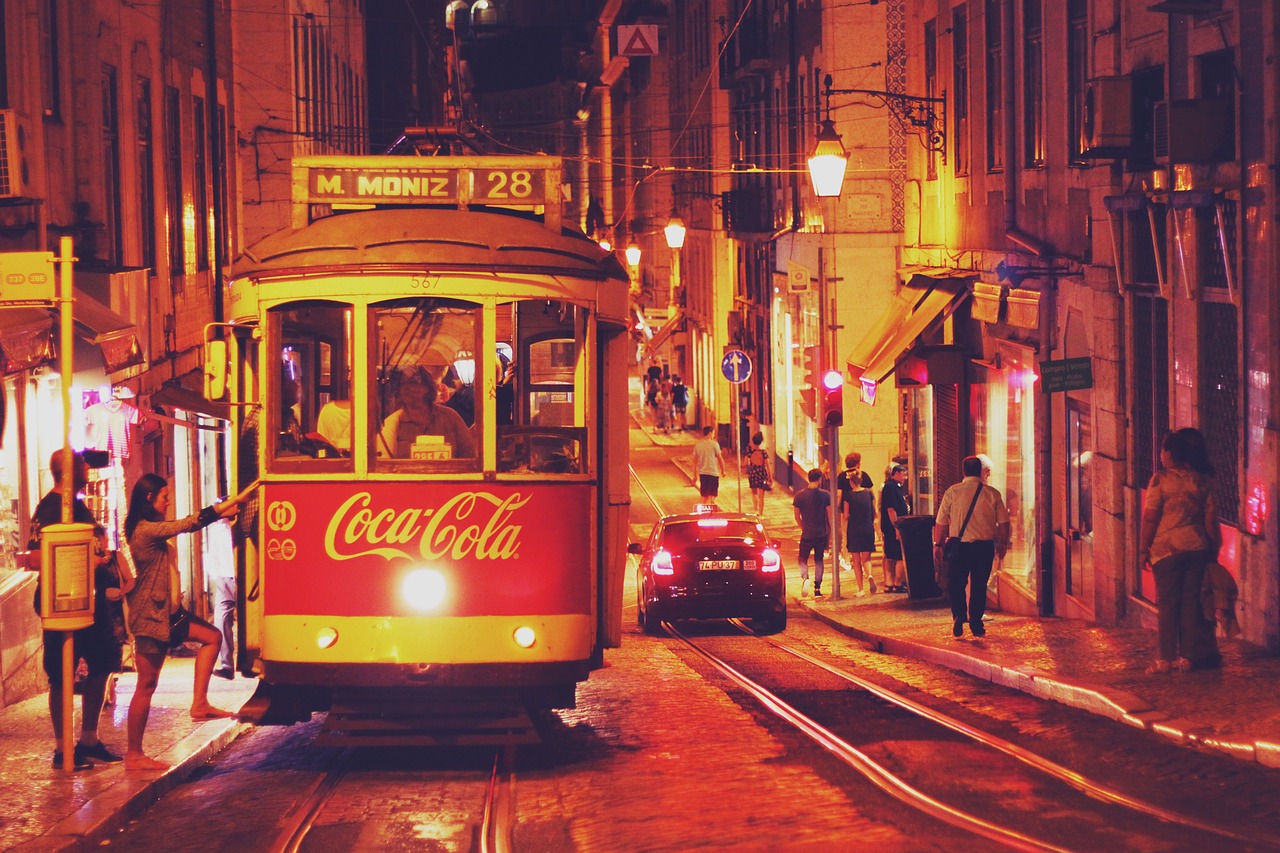The attractions of Lisbon
A museum of ancient art, located in a 17th century palace, one of the most important museums in Portugal;
the Calouste Gulbenkian museum;
Hieronimite Monastery - a tribute to the sailors who made Portugal famous and a textbook example of Manueline architecture;
the Belem Tower, built as a fortress in the middle of the Tagus to protect Lisbon, now standing on dry ground;
a panorama of the city from Sao Jorge Castle;
Sao Roque Church
Next to Lisbon is Cabo da Roca, the westernmost cape of continental Europe. Cabo da Roca, is located within the Sintra-Cascais National Park.
Visit Lisbon from March to June.
The attractions of Lisbon, which can be discovered before you by a English guide in Lisbon, Portugal
On the Atlantic coast, where the River Tagus flows into the ocean, it is nested between seven hills, the capital of Portugal -Lisbon. This beautiful, relaxing city is full of contrasts. There are very modern buildings, pavements with mosaics, tiled houses and examples of medieval Moorish architecture.
The harbour, constantly used for three thousand years, has had many different functions. Between the 15th and 17th centuries Portugal was a great nation. Its greatness resulted from the conquests of Vasco da Gama, who discovered the sea route to India in 1498. This made it possible to trade spices and precious stones, and contributed to the greatness of Lisbon. In the seventeenth century gold was discovered in Brazil, which again brought great income. On 1 November 1755 the city was completely destroyed by an earthquake and tsunami. It never regained its former glory.
Close to the port is the Work de Comercio, one of the most elegant city squares in Europe. The center of Lisbon, Baixa, is organized on a grid pattern and was mostly built after the earthquakes. The oldest part is Mama, near Tagus, which has survived almost intact, with medieval buildings. There you will see the medieval castle Sito Jorge, built on top of a fortified citadel. It was to be the last bastion of the defenders if the attackers managed to capture the citadel. It's a very shapely, square building with ten towers.
Don't miss the facade of Nossa Senhora da Conceicao Velha Church. The church was rebuilt after the earthquake using the surviving elements from the old building, mainly fragments of the 16th century facade. It is the façade that is the best example of Manuelian style architecture, that is late Portuguese Gothic, a style in which marine elements were used and inspired by the discoveries of Vasco da Gama. Probably the most significant monument of Lisbon and at the same time the most spectacular achievement of the Manuelian style is the Hieronimite monastery with its elaborate cloisters. Nearby is the Belem Tower, built in the early 16th century to commemorate Vasco da Gamma. This defensive and elegant construction is one of the symbols of the city, a reminder of the size of Portugal at a time of great geographical discovery.

